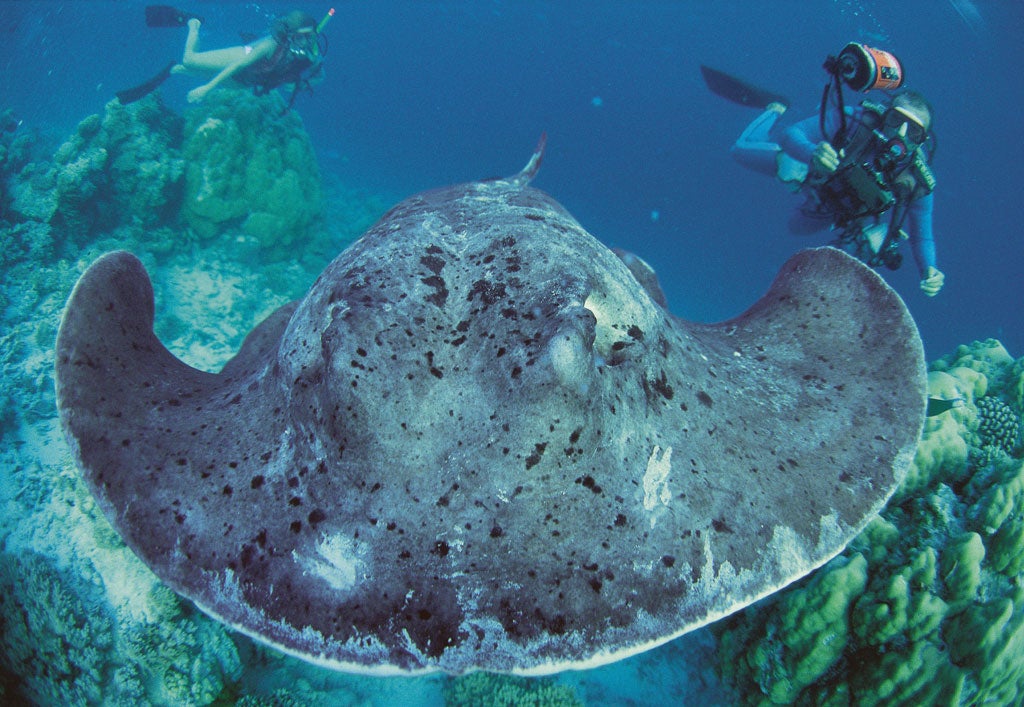Every stingray in tank at Florida zoo mysteriously dies
A team of animal-care specialists will examine the tank to determine what killed the animals

The deaths of an entire tank full of stingrays has left a Florida zoo staff puzzled.
On Thursday, ZooTampa discovered that all of the stingrays in its 16,000-gallon saltwater tank – called Stingray Bay – had died.
According to Fox News, the tank was an exhibit that allowed visitors to reach in and touch the aquatic creatures.
In total, 12 stingrays died in the mysterious mass death event.
The only animals that lived in the tank were the stingrays.
A team of animal-care specialists and veterinarians will examine all of the mechanical equipment involved in the tank and test the water's temperature, quality, oxygen, and pH levels, according to a statement from the ZooTampa staff.
A toxicology report will also be conducted to determine whether or not the rays were poisoned.
ZooTampa said it may take several weeks to receive the results of the investigation. The aquarium said Stingray Bay would likely remain closed for at least eight weeks.
While mass die-offs are rare at aquariums, it is not unprecedented.
In 2017, more than 1,000 fish died in a mass death event at the Sunshine Aquarium in Tokyo, Japan.
At the time, 94 per cent of the fish in the aquarium's largest tank, the Sunshine Lagoon, died.
The deaths were attributed to a lack of oxygen in the tank.
Only 73 fish survived the die-off.
According to a report from the time, the lack of oxygen was caused when staff turned off a cleaning device for the tank in an attempt to enhance the effectiveness of chemicals added to the water to treat unhealthy fish.
Mass death events in fish occur in the wild as well.
In 2016, a large school of fish got caught inside a lock in the Shinnecock Canal near Long Island, New York.
Unable to move back out to open waters, the huge number of fish depleted the available oxygen within the lock's waters and died by the thousands, leaving residents concerned with pollution in the water.
When large numbers of fish die all at once – called a “fish kill” – it could be attributed to any number of factors.
According to the Southwest Regional Office of the Florida Fish & Wildlife Conservation Commission, between 100 and 150 fish kills are reported each year among the 13 counties the group monitors.
Most are attributed to low oxygen, but disease, substantial temperature changes, and pollution can also cause massive die-offs in fish populations.
Subscribe to Independent Premium to bookmark this article
Want to bookmark your favourite articles and stories to read or reference later? Start your Independent Premium subscription today.

Join our commenting forum
Join thought-provoking conversations, follow other Independent readers and see their replies